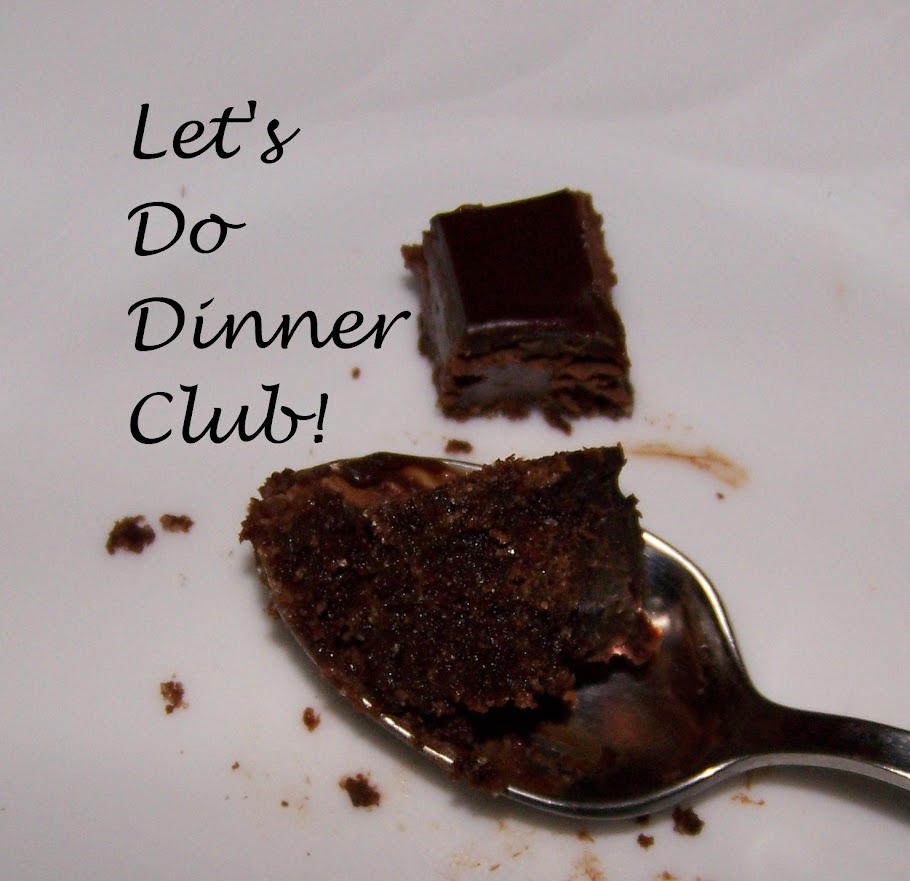 |
| Rioja with our meal |
Our Brazilian Churrascaria was delicious! Everyone really did a fantastic job preparing cuisine that many of our group had never even eaten, much less cooked. It was definitely a filling meal – a meat laden, filling meal – but, we made it through and sampled some great treats including a few “keeper” recipes that would be terrific to try again on the patio in the summertime.
To start the night off we enjoyed the Lemongrass Caipirinhas my husband prepared. These were perky and refreshing, also light before so much food. I’ve posted the recipe for these below in case you’d like to give them a try. For more information on caipirinhas in general you can refer back to my posting on February 16th.
 |
| Brazilian beers to sample |
Many of us drank these mixed cocktails, but others (including my husband the beer aficionado) brought Brazilian beers with them to give a whirl. The most commonly available one in our area is Xingu ; a “black beer” that the bottle describes as “Light and dark, smooth as silk”. After tasting, I would verify this description. What looks to be a dark, heavy, stout beer is in fact dark only in color. Its taste was smooth and silky and it was light on the palate as well as the belly, leaving plenty of room for our meat extravaganza!
 |
| Brazilian shrimp soup |
The Brazilian shrimp soup was absolutely delicious; smooth and velvety and stocked full of shrimp flavor. Highlights of the meat assortment, for me, were definitely the seared flank steak with frizzled onions and the beef tenderloin which was prepared with an accompanying salsa that was bright and zesty without being overpowering to the delicate taste of this cut of beef. Others at the table commented that they loved the lamb, which was prepared two ways, one smoked, the other braised.
The side accompaniments included my rice with peppers and linguica as well as collard greens (my “Best Dish of the Night” for this Dinner Club) and rich cheese rolls. For dessert, we all truly devoured the Brigadeiros (chocolate balls) – some of us with more red wine; some with coffee.
 |
| My FULL plate! The collard greens were bright on the plate and delicious! |
There were dishes in this Dinner Club that I was happy to try, as well as those that were so good I’ll definitely make them again. There were a few that I would put my own spin on and see how I feel about my experimentation. That’s why I love our Dinner Club – exposure! I’ve included plenty of food pictures so you can get a visual of what all we enjoyed. In my next post I’ll tell you more about the outcome of the three recipes I prepared as well as more on our “Best Dish”!
 |
| Fresh salsa to accompany our beef tenderloin |
 |
| Chocolate brigadeiros for dessert! |
LEMONGRASS CAIPIRINHAS
Found at: www.foodista.com
From the blog: “Ceramic Canvas”
Permalink to the recipe: http://ceramiccanvas.com/2009/06/lemongrass-caipirinhas-cocktails
 |
| Our finished caipirinha |
I recommend that before you mix the entire batch, that you test out the proportions with one serving to make sure that the sweetness of the drink is to your taste. If need to, you can adjust the balance.
1 cup lemongrass, cut into 1″ dices
3 cups water
2 cups sugar
2 cups cachaça
9 limes, cut into eights
In a medium sized, heavy bottom sauce pan over medium-high heat, bring the lemongrass and 3 sups of water to a boil. Lower heat and simmer, uncovered for 10 minutes. Remove from heat, cover with a tight lid and let lemongrass steep for 30 minutes.
Strain liquid and discard the lemongrass. You should have about 2 cups of liquid. Pour lemongrass back into sauce pan and pour in sugar. Heat liquid enough to completely dissolve the sugar. Set syrup aside until it is room temperature. Transfer to a bowl and refrigerate.
Blend cold lemongrass syrup and cachaça in one pitcher.
To serve, place 4 pieces of a quartered lime in the bottom of the glass. Using a muddle or the back of a wooden spoon crush the limes to release their juice. Pour in about ½ cup of the syrup/cachaça mix. Add finely crushed ice. And top off drink with club soda (to taste, in order to adjust the sweetness of the drink).




 Homemade Linguica
Homemade Linguica










